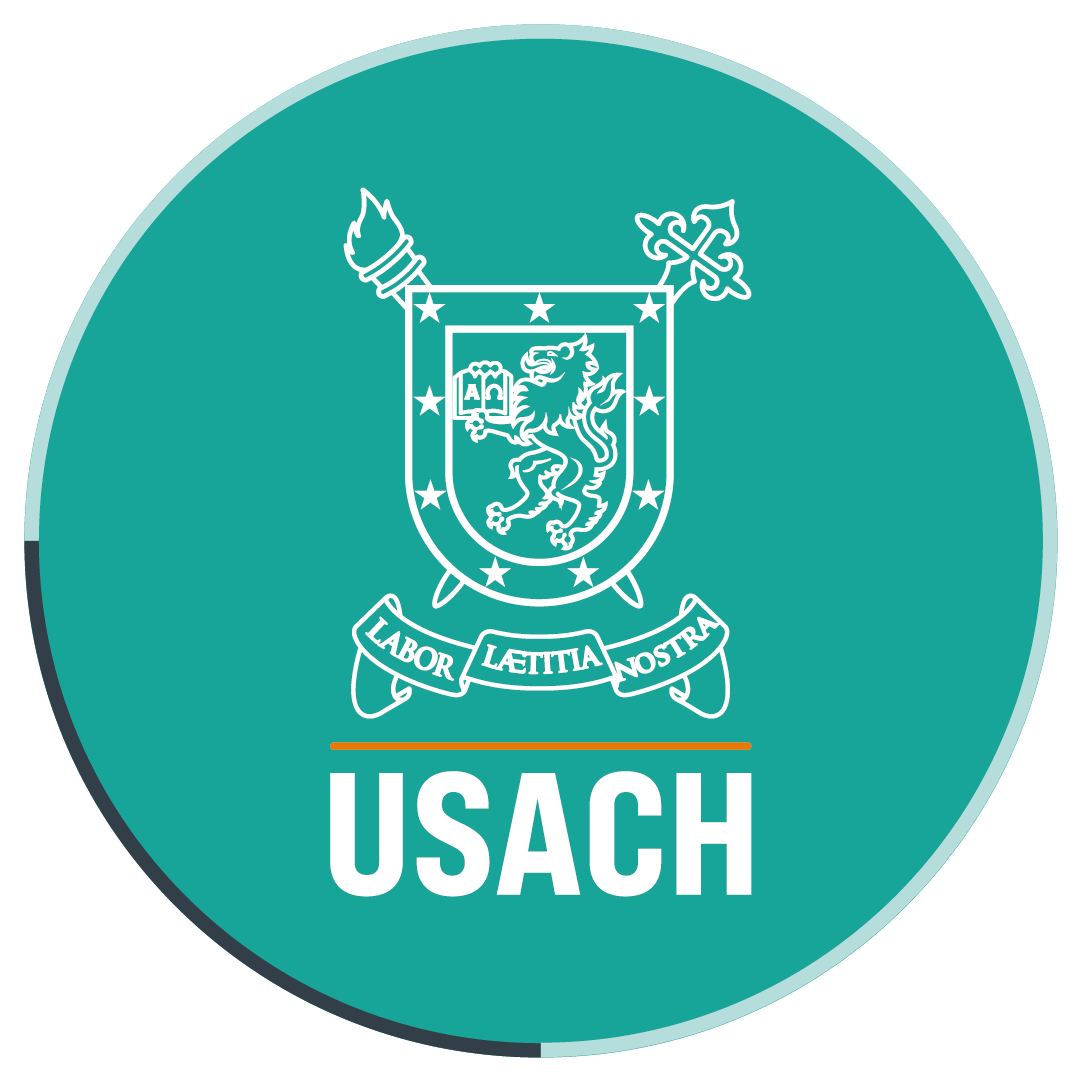New Camões Centre for Studies in Portuguese Language at Universidad de Santiago de Chile
- The Center was founded at Universidad de Santiago de Chile to develop the knowledge of the Portuguese language across the Chilean universities. It is the 40th center in the world built and supported by the Portuguese State.
With the presence of important authorities of the Portuguese Government and Universidad de Santiago de Chile, the new Camões Centre for Studies in Portuguese Language was opened in Chile. It is the 40thcenter in the world built and supported by the renowned language and cooperation Camões Institute.
The Center, which facilities are located across from the Foro Griego at Universidad de Santiago, will be a resource and logistics center for the development of culture teaching and research programs, to provide Portuguese language courses, and as place for literary and cultural dissemination. The Center includes a library, a multipurpose room and an administrative office.
Dr Vera Faiais Fonseca, Director of the Center and Cultural Attaché of the Portuguese Embassy, says that opening this new space “is very special to me, because I have had the experience of being a lecturer, but I had never had the opportunity of opening a center; it is especially symbolic for me. Of all the universities that we work with, Universidad de Santiago is, undoubtedly, the most important one, as it is the only one that offers a Bachelor’s degree in Portuguese.”
Consolidation of an academic project
The protocol for the creation of the Center was signed on June 08th, 2015, by the President of Universidad de Santiago, Dr Juan Manuel Zolezzi; the Pro President at that time, Dr Pedro Palominos; and the Dean of the Faculty of Humanities, Dr Marcelo Mella. According to the Portuguese Ambassador, António Luís Cotrim, opening this new center in the campus of Universidad de Santiago contributes to consolidating the relationship between Chile and Portugal.
For the Head of the Department of Linguistics and Literature, Dr Roxana Orrego, this Center means “a major achievement, because it is going to contribute to disseminate the Portuguese culture and language in the university, but it will also help to establish links with the community outside the university. This is the result of joint efforts by the university’s central government, the Chilean Government, the Portuguese Government and other bodies of the university.”
According to the Academic Vice President of Universidad de Santiago, Dr Patricia Pallavicini, this new academic project will become a means of “strengthening our internationalization and the idea that we are part of an increasingly globalized world. Having this Center here gives us the possibility of creating, proposing and developing a new way of training and a broader network for our students.”
Likewise, the Dean of the Faculty of Humanities expressed his joy at the creation of this new space, saying that it will allow to expand the cultural collaboration to a multidimensional one, considering that both countries have similar conditions.
Renowned Portuguese writer launches new book
In the context of the opening of the Center, the Camões Institute, the Embassy of Portugal in Chile and Universidad de Santiago de Chile, invited the renowned Portuguese writer Jose Luis Peixoto -recipient of five international literature prizes- who presented his new novel, Galveias, published by Random House.
The novelist and poet said that the invitation was very gratifying, highlighting the important public role of Universidad de Santiago and its contemporary thinking.
Translated by Marcela Contreras

